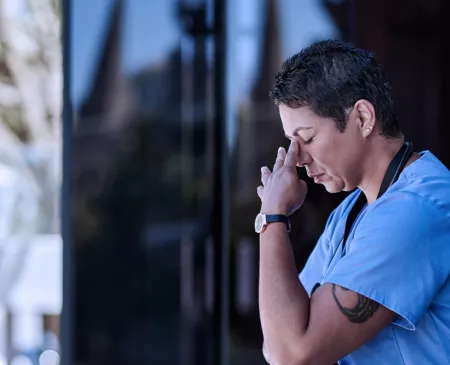The Client Challenge
Memorial Health System (MHS), a critical access hospital in rural Kansas, had to place its obstetric (OB) program on diversion due to staffing challenges. Unfortunately, MHS is not alone. OB care is at risk across rural America as more than 198 rural OB programs have closed since 2011. MHS and its affiliated system Salina Regional Health Center (SRHC) engaged Chartis to conduct a program assessment and develop a sustainable model for rural OB care.
PUTTING THE OB PROGRAM ON DIVERSION WOULD:
- Decrease continuity of care for patients
-
Limit physician response time to patients after delivery due to travel time
-
Reduce access to care for patients due to missed clinic appointments
-
Introduce communication issues due to a lack of integration between physician groups
Navigating to Next: The Solution
Both health systems were dedicated to finding a solution to best support the community with OB care, including addressing specific needs like travel time. Avoiding added travel time is essential since rural communities often struggle with adequate transportation. But how could MHS overcome its challenges and provide access to local OB care? MHS partnered with Chartis to complete a robust assessment and collaborate with key stakeholders from both health systems to define criteria and refine model alternatives. We then identified the most sustainable solution to best support community needs: Bringing MHS family physicians and SRHC OB-GYNs together in a collaborative care model.
This model would encourage patient-oriented mother and child safety and extend patient access to advanced OB care. The SRHC OB-GYNs would seamlessly integrate into the patient journey through a shared medical record, predefined care, and virtual visits until the family physicians transferred care to the OB-GYNs for delivery. The new program would create a more highly reliable program with decreased variation, mitigating any vulnerabilities. The model would also be more sustainable since it would balance resources, garner physician support, and provide long-term financial stability.












